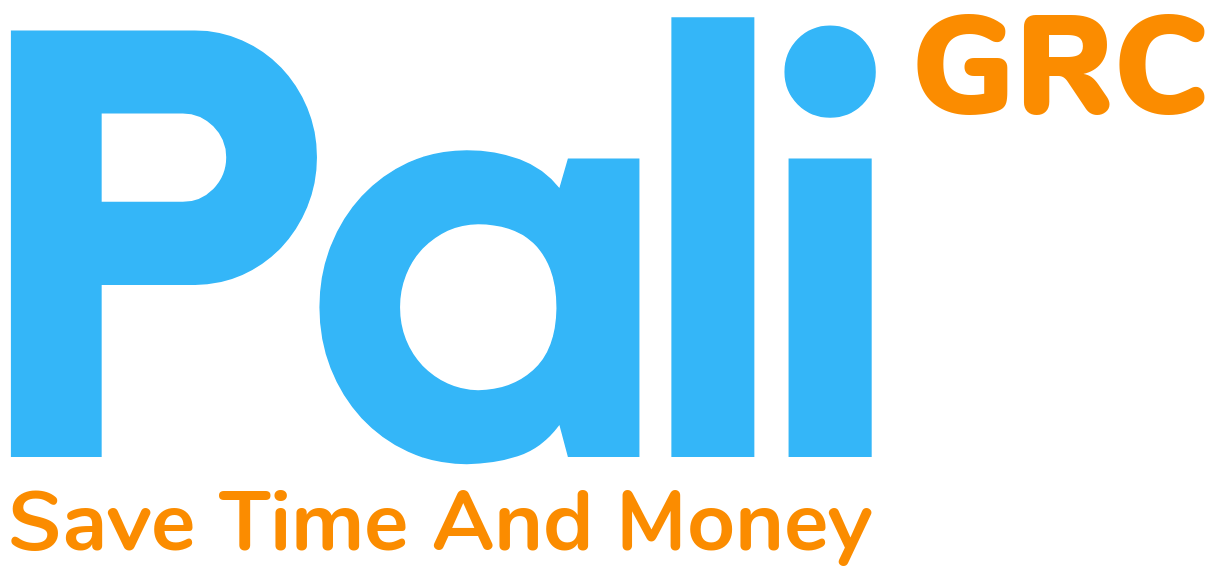Software Should Be Easy To Use
Is your choice of software platform getting in your way?
For any organisation, there are few things worse than spending money and resources implementing a software system and then having users complain that it is difficult to use.

Many software platforms contain poor functionality and usability, with little thought given to how users actually go about their day-to-day business activities. You want to find a system that will make your life easier, not more problematic, and in many cases software can actually get in the way of what you're trying to achieve as a business or organisation.
The truth is that designing and developing complex software applications is an extremely demanding task. Achieving the balance of both the depth to support complex functionality and the intuitiveness to make it clear how to do things within a system is a massive challenge.
According to the Nielsen Norman Group, world leaders in research-based user experience, these are the top 10 application design mistakes to avoid:
1. Poor Feedback
Good feedback tells users a lot of things - for example, has the button they clicked been correctly interpreted and will the system now do something? What is currently selected or active? Software that doesn't provide this feedback leaves users guessing and often they can guess wrong.
2. Inconsistency
When users have expectations for how something will behave or where they can access it, deviations from those expectations cause confusion, frustration, and increased cognitive load as people attempt to puzzle out the problem. Human minds crave consistency.
3. Bad Error Messages
The most common violation is when an error message simply says something is wrong, without explaining why and how the user can fix the problem. Such messages leave users stranded.
4. No Default Values
Default values can save significant user effort in repetitive tasks, such as filling in the same form many times. Identifying key values for form fields can increase productivity and reduce frustration.
5. Unlabeled icons
Pairing icons with a text label has four benefits:
- It increases the size of the target (how easy it is to select).
- It decreases the time to recognize the command: two memory cues (icon and text) are better than one.
- It can also facilitate learning of the interface (by establishing multiple associations with the same command).
- It can help users visually differentiate between several commands placed next to one another.
6. Hard-to-Acquire Targets
In human–computer interaction, anything that can be clicked (or tapped) on is called a target: all active UI elements are targets. For users to acquire a target, they must be able to identify the target and click on it reliably.
7. Overuse of Modals
Modals appear on top of the current page, with the background content usually dimmed. Unfortunately, this can reduces context for users by covering up information that they may wish to refer to at the time.
8. Meaningless Information
Long strings of letters and digits, such as automatically generated IDs in a database are frequently used to uniquely identify an item in an application. These are completely meaningless to users, but they are often prominently displayed as the first column of a table, forcing people to scan past that first column to find the information that they care about.
9. Junk-Drawer Menus
If an application has many features, there have to be accessible from somewhere and prioritised and organised so that users can easily find and quickly access the most important ones. One consequence of this constraint is often an overflow menu: the most commonly used actions are displayed in a toolbar, and a final item labeled 'More actions' that contains everything else that did not fit.
10. Proximity of Destructive and Confirmation Actions
Placing actions such as 'Save' next to actions that destroy work such as 'Delete' is a commonplace design decision that causes many problems for users. Logically this placement often makes sense as these functions are related in that they perform an action on an item, but it also makes it easy to click the wrong button or icon.
The Pali GRC difference
Pali GRC has been designed from the ground up to be as friendly and intuitive as possible.
From login, the user is presented with a logical and easy to use interface from which to complete and action anything that has been assigned, or that has been escalated from another user.
Main navigation options are available at all times and represent a grouping of related tools and functions, with each selectable via a drop-down menu.
Pali GRC streamlines and manages your governance, risk, and compliance activities so you can stay a step ahead of uncertainty, and meet all your stakeholder expectations.
Please contact us to find out more and arrange a demonstration.

Inadequate use of usability engineering methods in software development projects have been estimated to cost the US economy about $30 billion per year in lost productivity.

